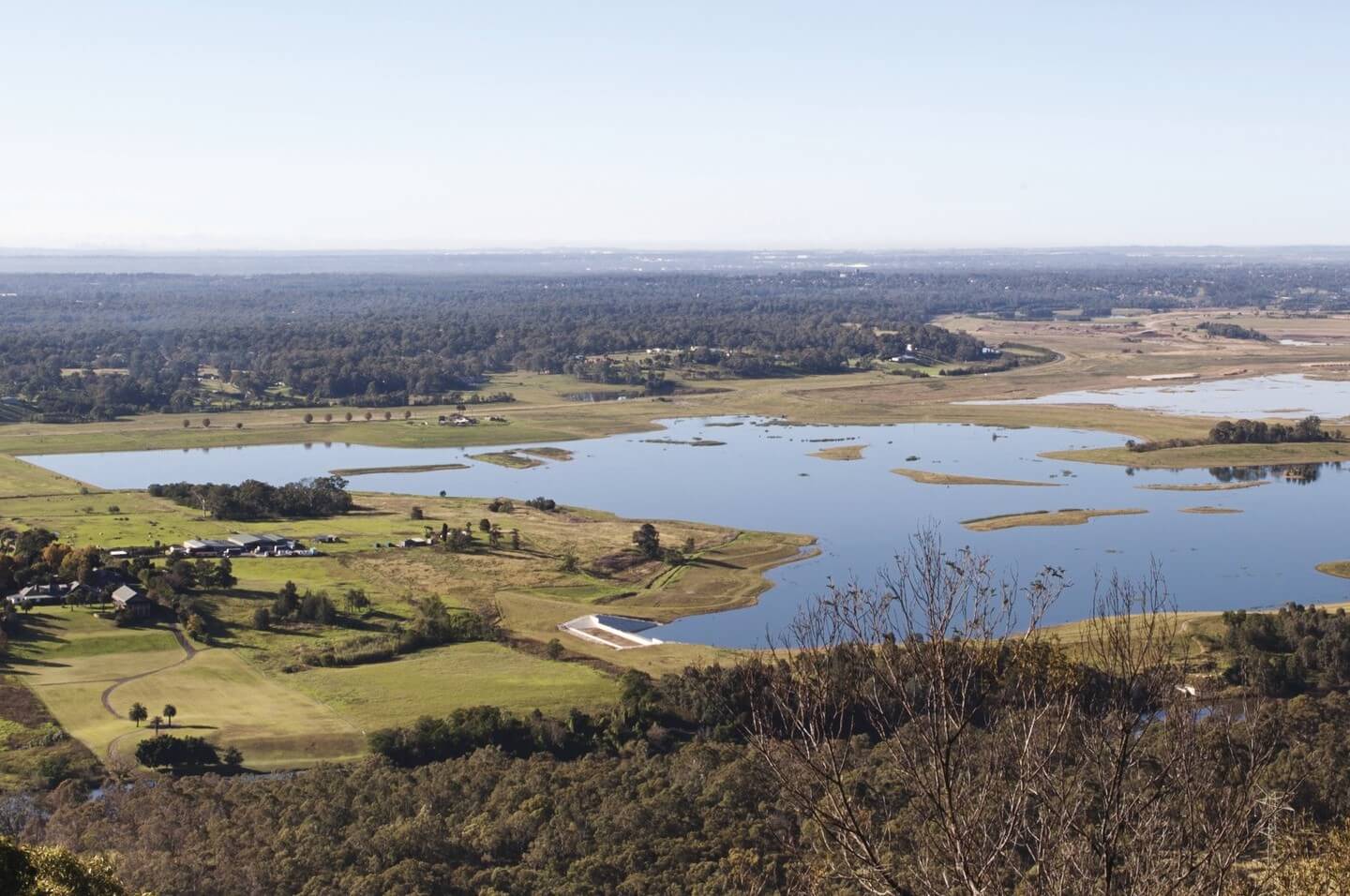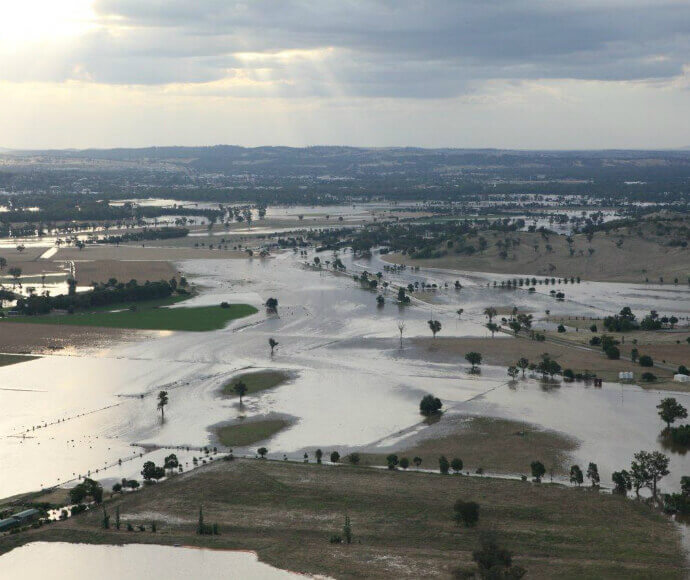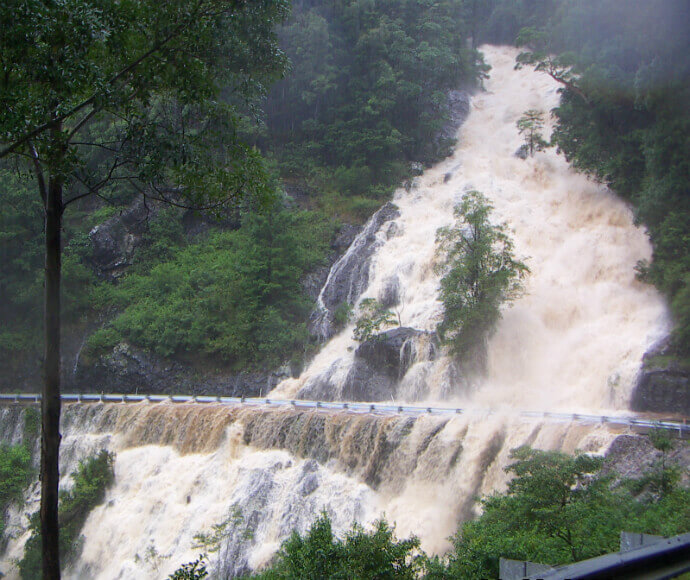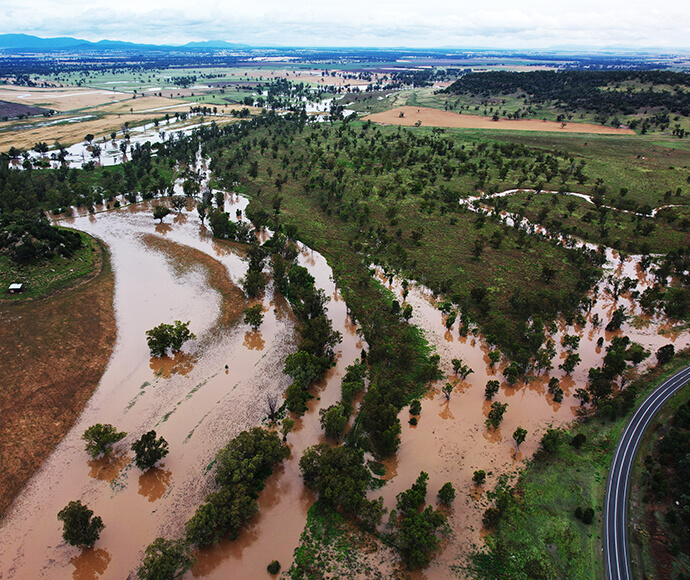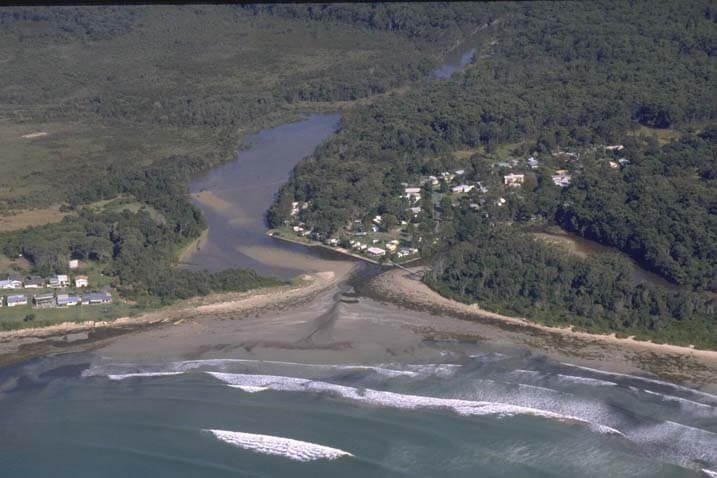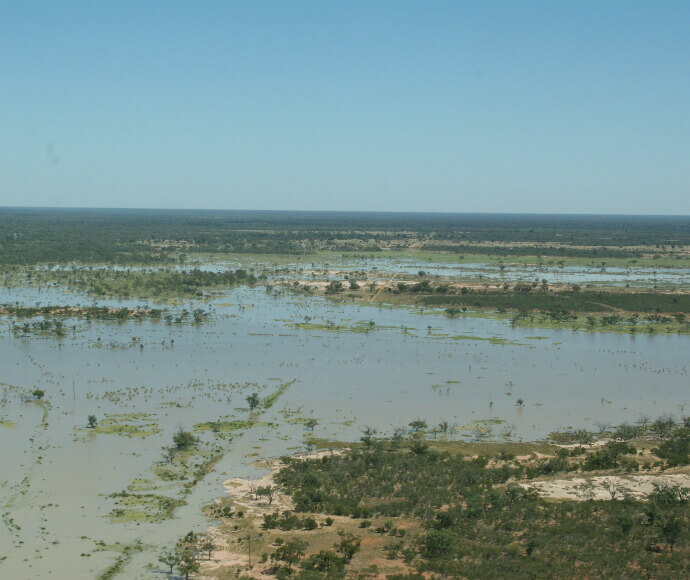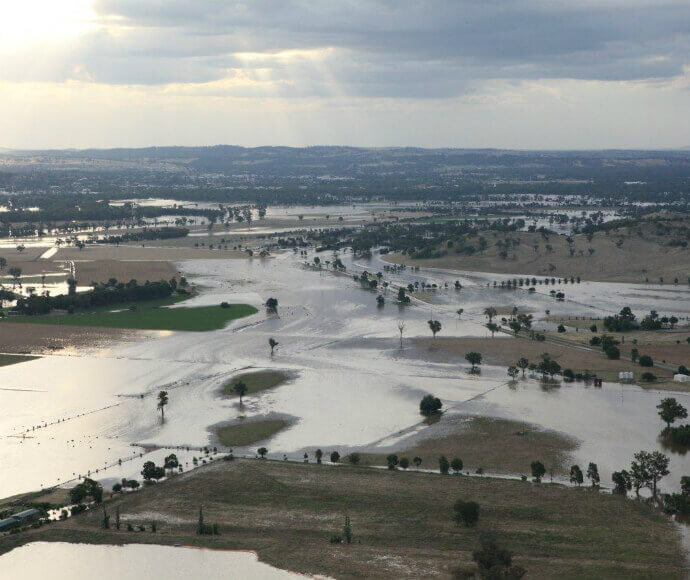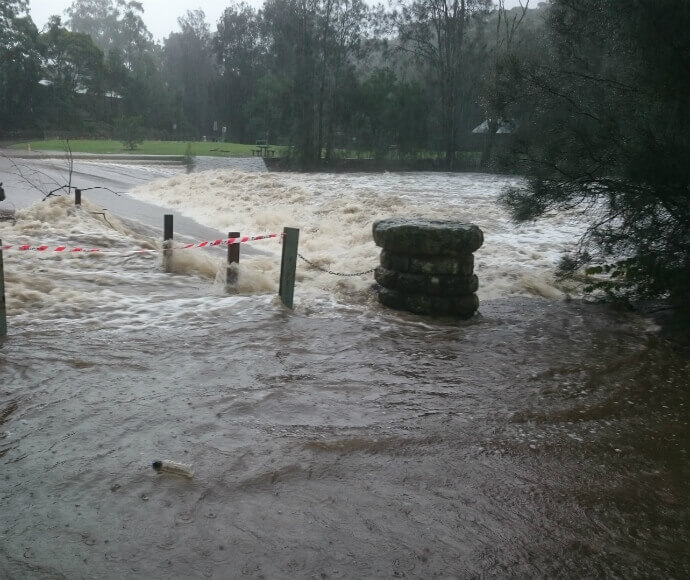We support councils and communities to help reduce flood risk.
We partner with local government to manage flood risk and build community resilience through the Floodplain Management Program.
The NSW Government's floodplain management grants support local government to manage flood risk.
The Flood Recovery and Resilience Grant Program will offer technical and financial support to eligible local government areas to manage flood risk.
The Flood Risk Management Manual and the Flood Prone Land Policy guide local councils in managing flood risk to their communities.
The flood risk management toolkit provides extra support for councils to understand and manage flood risk to their communities.
The NSW flood data portal makes it easy for government agencies and partner organisations to share key flood information.
